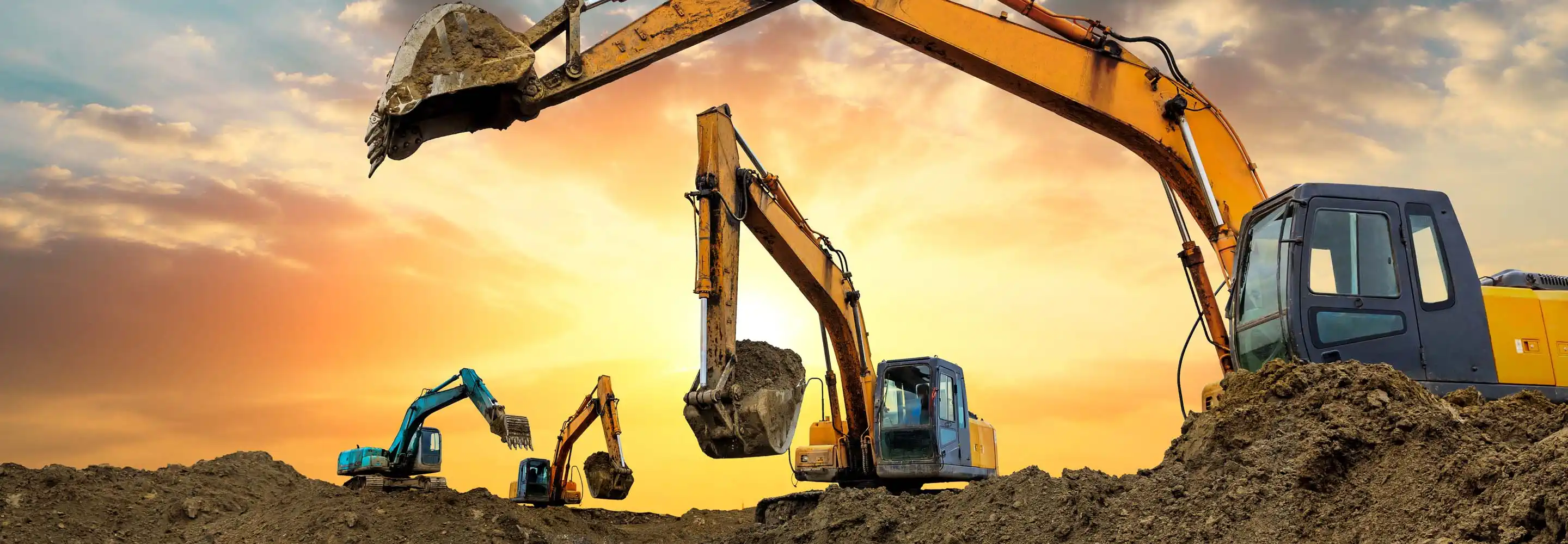Boom Lift Rental: Reach New Heights Securely
Boom Lift Rental: Reach New Heights Securely
Blog Article
Leasing Vs. Acquiring Building And Construction Devices: Making the Right Selection for Your Project
When embarking on a building job, one of the vital choices that predict stakeholders and supervisors face is whether to rent out or acquire building and construction tools. The choice pivots on different aspects such as price considerations, job duration, equipment maintenance, threat, flexibility, and scalability management.
Price Considerations
When reviewing the monetary facet of acquiring versus leasing construction devices, the lasting expenses and ahead of time expenses have to be very carefully thought about. Renting devices typically calls for lower initial repayments contrasted to acquiring, making it an attractive option for short-term projects or service providers with budget plan constraints. Leasing eliminates the need for large funding outlays and minimizes the monetary threat connected with devices ownership, such as maintenance and devaluation expenses. However, in the long run, continuously renting out tools can accumulate higher expenses than acquiring, particularly for extended tasks.
On the other hand, purchasing building devices includes greater upfront costs but can result in long-term savings, specifically for long-lasting tasks or regular users. Owning equipment offers versatility, convenience, and the possibility for resale value once the task is completed. Additionally, owning tools enables modification and familiarity with specific equipment, potentially boosting performance and performance on-site. Inevitably, the decision between renting out and acquiring building equipment rests on the job's duration, frequency of use, budget plan factors to consider, and lasting financial goals.
Task Period

On the other hand, for long-term tasks or ongoing construction work, acquiring equipment could be the more economical alternative. Investing in tools can result in set you back financial savings over time, especially if the devices will certainly be frequently utilized. Moreover, owning tools provides a sense of control over its schedule and permits customization to fit particular task needs.
:max_bytes(150000):strip_icc()/Balance_Must_Have_Earth_Moving_Construction_Heavy_Equipment_844586-c5b6ac9e5c074c11ad41e9acaea8f099.png)
Tools Maintenance
Given the essential duty task duration plays in establishing the most affordable method between purchasing and renting building devices, the emphasis currently shifts in the direction of analyzing the necessary element of tools maintenance. On the other hand, having equipment requires a proactive strategy to maintenance to prevent breakdowns, ensure security, and expand the devices's life-span. Ultimately, a properly maintained building and construction tools fleet, whether rented out or owned, is necessary for the reliable and effective completion of building and construction projects.
Versatility and Scalability
In the world of building and construction tools monitoring, the element of flexibility and scalability holds substantial importance for task effectiveness and source usage. Choosing to lease building tools supplies a high level of flexibility as it enables for the quick change of devices types and amounts based on the developing demands of a project.
Renting out construction devices offers the advantage of easily scaling operations up or down as job demands fluctuate. Contractors can quickly add or exchange tools to match the job's transforming needs without the restraints of having assets that might come to be underutilized or obsolete.
Risk Monitoring
Efficient danger administration in building and construction equipment operations is paramount to making certain job success and mitigating prospective financial losses. Building and construction jobs naturally involve numerous dangers, such as devices breakdowns, accidents, and job hold-ups, which can significantly impact the job timeline and spending plan. By thoroughly taking into consideration the dangers related to owning or leasing construction equipment, project supervisors can make educated choices to lessen these possible dangers.
Leasing building tools can supply a degree of threat reduction by moving the you could look here obligation of repair and maintenance to the rental firm. This can decrease the monetary burden on the task owner in case of unanticipated devices failures (heavy equipment rental). In addition, renting out provides the adaptability to accessibility customized equipment for particular task phases, minimizing the risk of owning underutilized machinery
On the various other hand, owning construction equipment provides a feeling of control over its usage and upkeep. Nevertheless, this additionally implies birthing the complete duty for fixings, upkeep expenses, and depreciation, increasing the economic risks connected with tools possession. Cautious danger evaluation and factor to consider of factors such as job duration, tools use, and maintenance needs are essential in establishing the most appropriate option for efficient risk monitoring in building tasks.
Final Thought
To conclude, when making a decision between getting and renting out building and construction equipment, it is necessary to take into consideration expense, project period, tools maintenance, scalability, threat, and adaptability administration. Each factor plays an important role in figuring out the most ideal option for the project available. By meticulously assessing these facets, project managers can make an educated choice that straightens with their spending plan, timeline, and total task goals.

Report this page